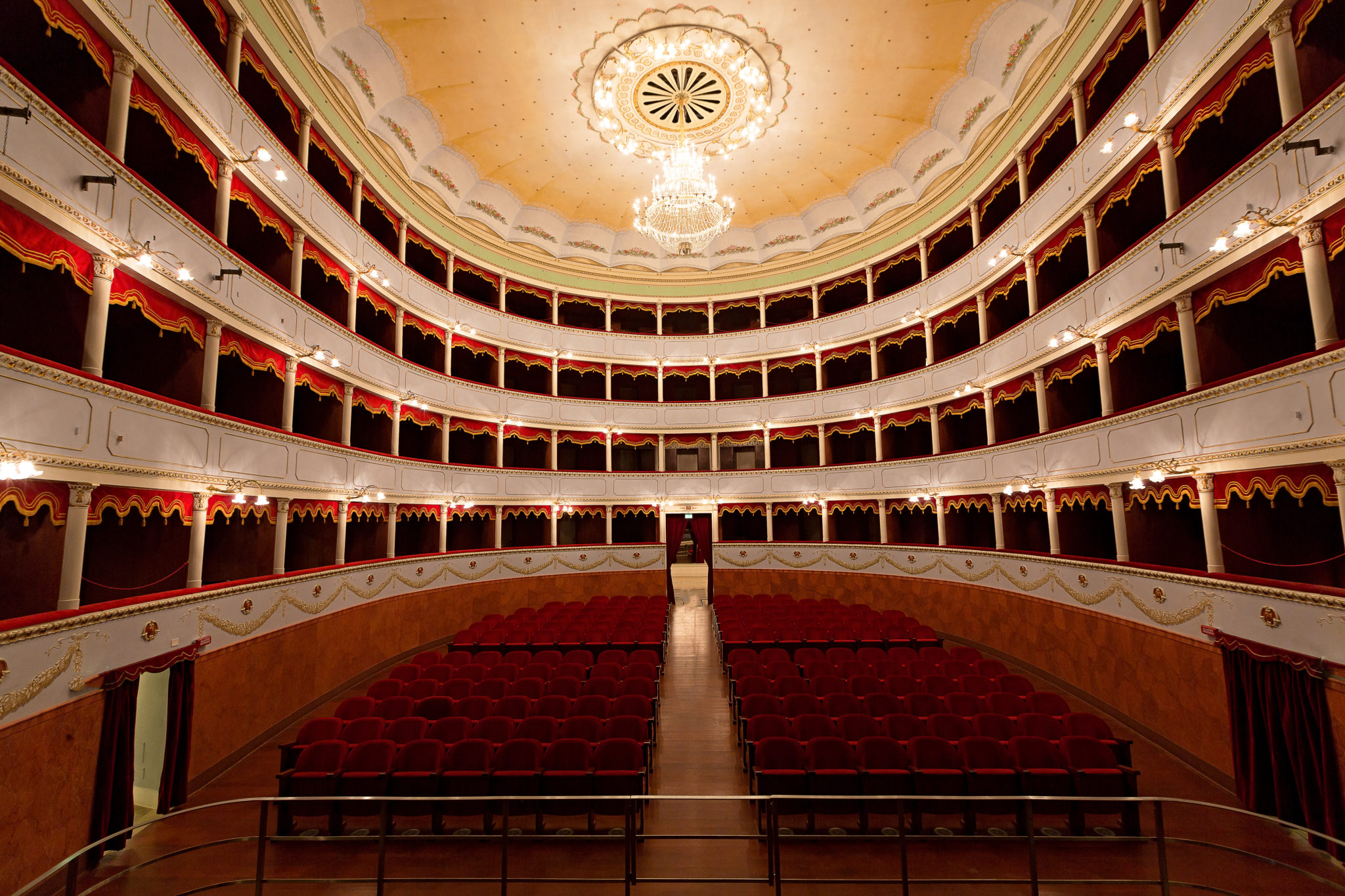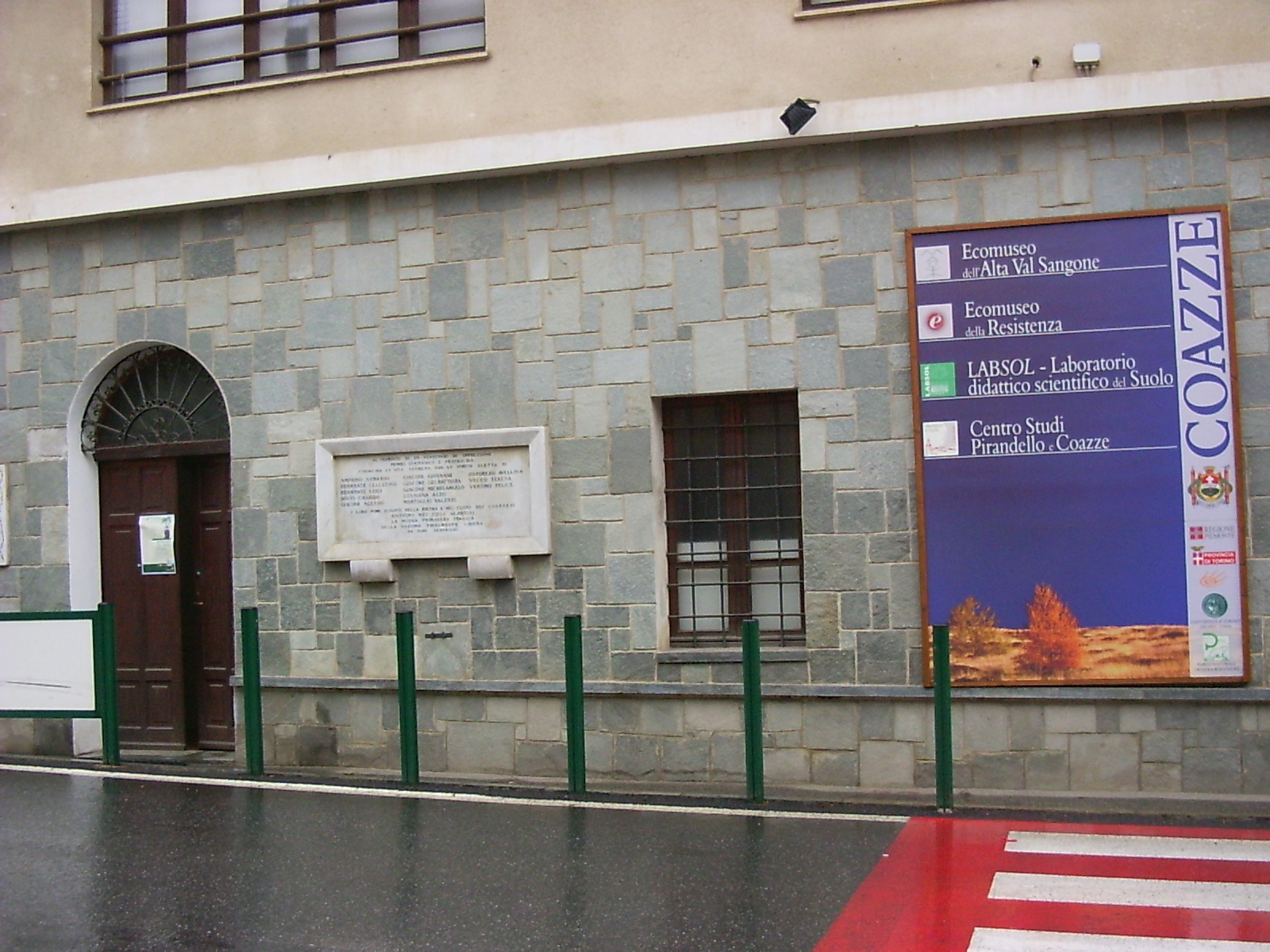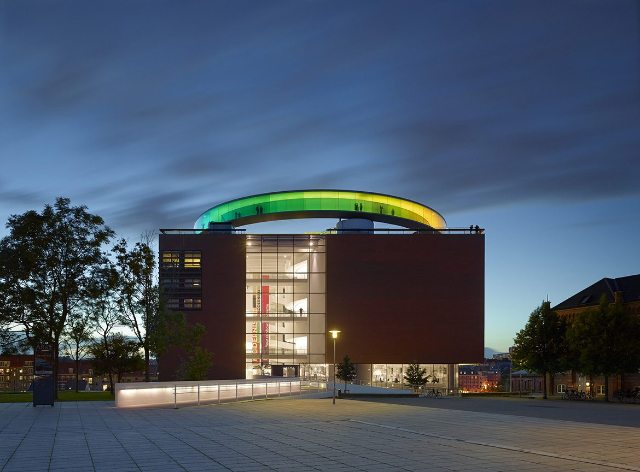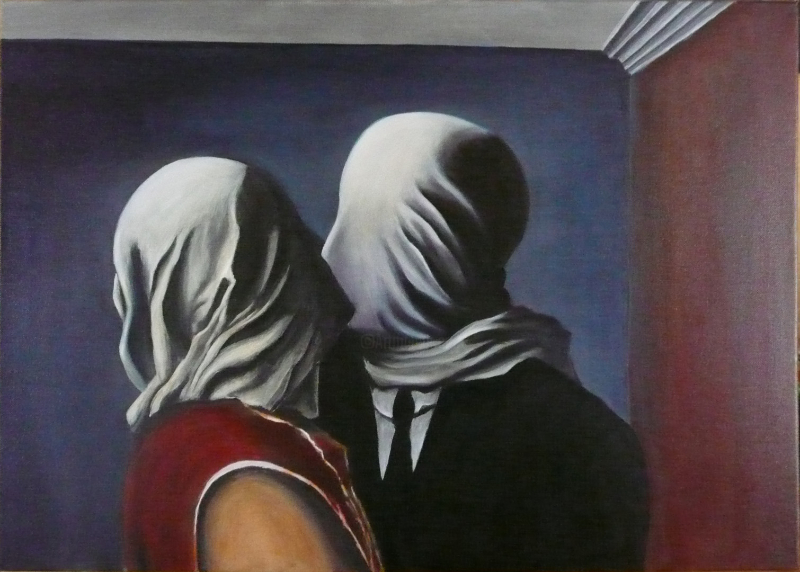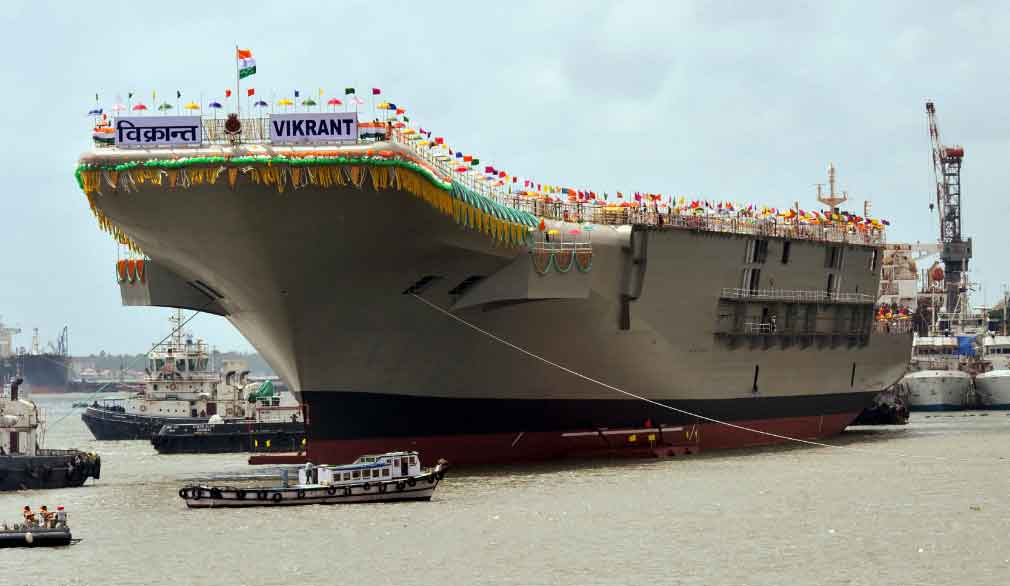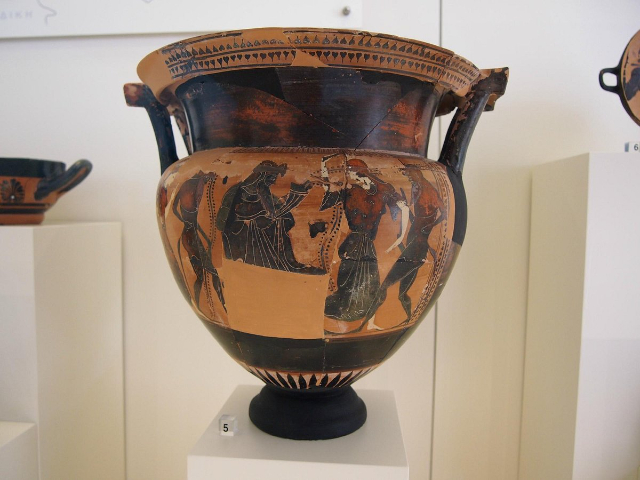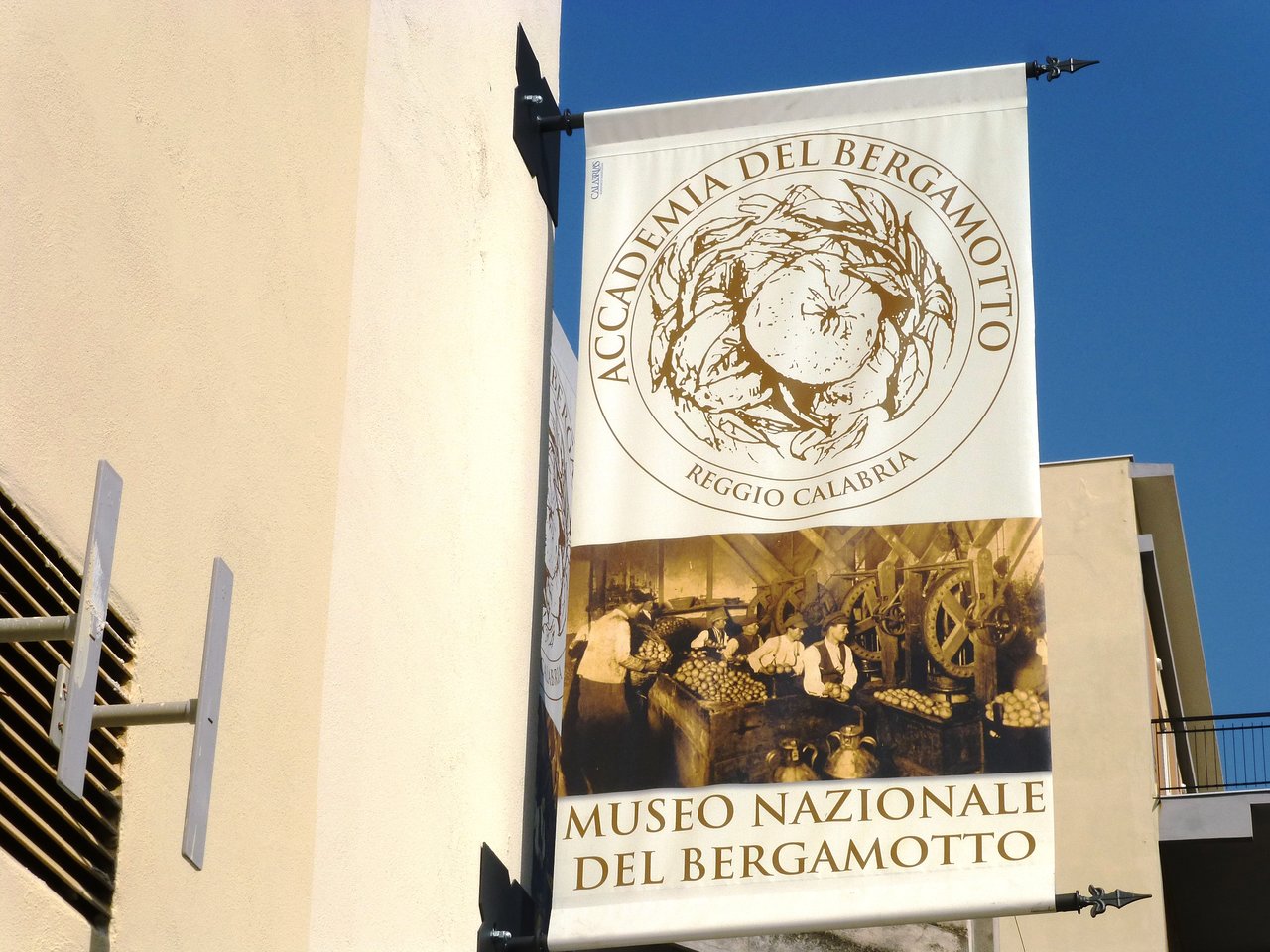It was founded in 1828 by an anonymous society composed of citizens of Arezzo, which later took the name of Accademia Teatrale Petrarca. The project was entrusted to the engineer Vittorio Bellini and in 1830 the construction work began. The theatre was inaugurated three years later, on 21 April 1833, with a performance of Anna Bolena set to music by Donizetti and a ball in five acts entitled Alessandro da Palermo. The success of these first performances, achieved thanks to the skill of the actors Marianna Brighenti and Luigi Biondini and the appreciated qualities of the set designer Gianni di Firenze and the impresario Giuseppe Feroci, marked the first important result in the artistic history of the city and its new theatre.
The structure of the first theater, first called Teatro Regio and later Regio Teatro Petrarca, was with a horseshoe plan, had a beautiful stage and four tiers of boxes.
In 1939 was inaugurated the ground floor, designed by engineer Lorenzo Materassi, to be used for small parties and was installed the curtain painted by Angiolo Sarri depicting the Petrarch welcomed in 1350 in Arezzo with all honors. Dates back to 1835 instead of the marble bust sculpted by Benedetto Mori placed at the entrance of the stalls.
Various renovation and embellishment works followed one another during the years. Between 1881 and 1882, thanks to the work of the engineer Carlo Gatteschi, the number of boxes was increased, the royal box was restructured, the walls were decorated, the opera house was renovated and the upholstery was renewed, new toilets were installed, the stalls were rebuilt, as well as other significant renovations and upgrades.
The entrance building to the Theatre was built in 1892 and 1893 according to the project of the engineer Alessandro Maraghini, who also transformed the fourth tier of boxes into a gallery and carried out other important construction and restoration work such as the mezzanine and the internal café, as well as the stage, dressing rooms, stalls, orchestra and emergency exits.
